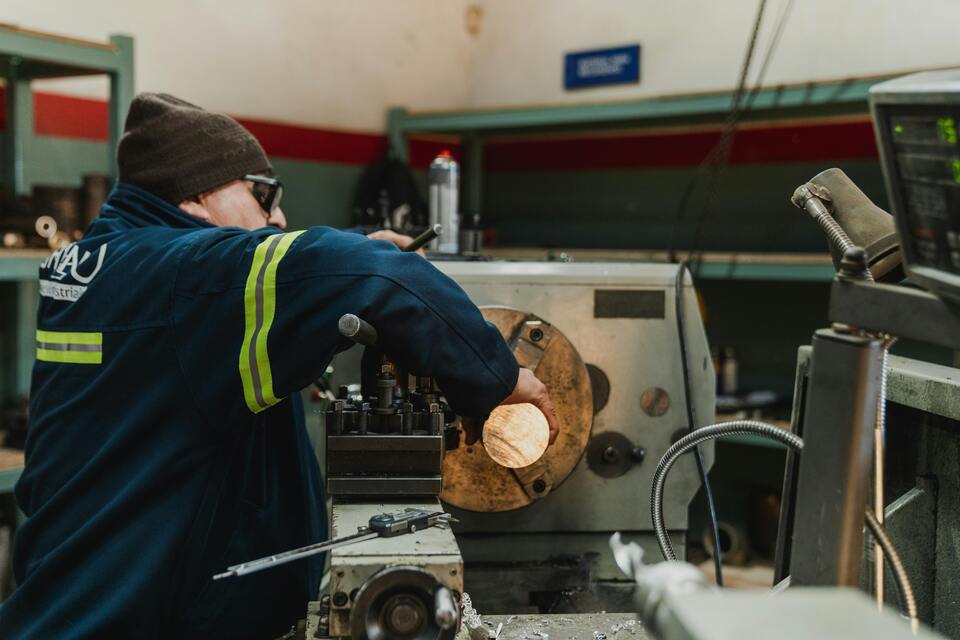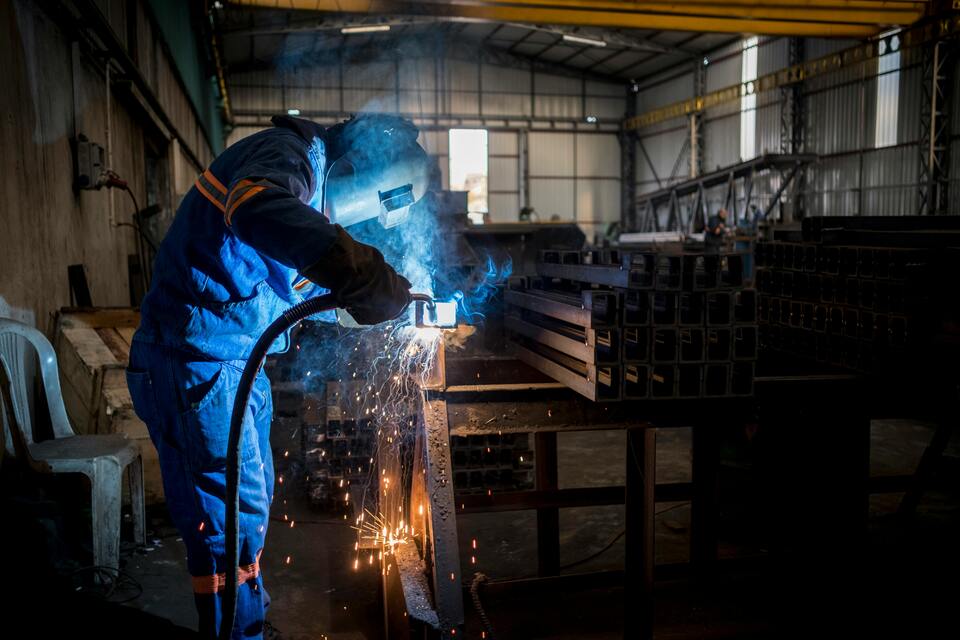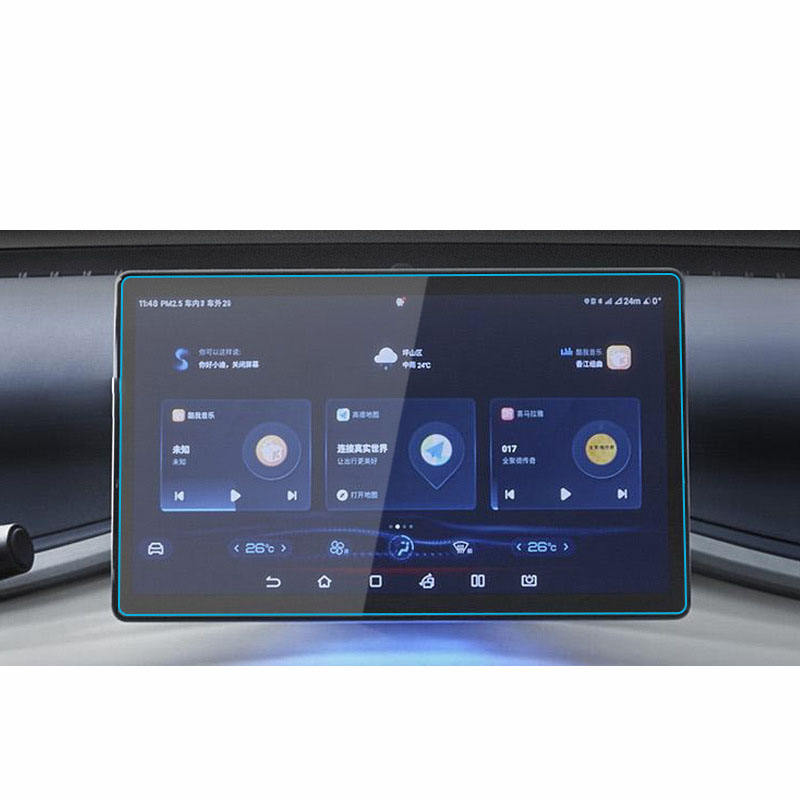
Challenges and Solutions in Running a High-Volume Screen Protector Factory
Table of Contents
Extract
Summary
Running a high-volume screen protector factory involves a unique set of challenges. As demand for screen protectors continues to rise, factories must navigate complexities related to production efficiency, quality control, supply chain management, and workforce management. This comprehensive guide explores the primary challenges faced by high-volume screen protector factories and provides actionable solutions to address these issues.
Production Efficiency
Challenge: Maintaining high production efficiency is crucial for a high-volume factory. Production bottlenecks, downtime, and inefficiencies can lead to delays and increased costs. As factories scale up, the complexity of managing workflows and optimizing machinery increases.
Solution: To enhance production efficiency, invest in advanced manufacturing technologies and automation. Implementing automated cutting machines, quality inspection systems, and real-time monitoring tools can streamline operations and reduce manual errors. Additionally, adopting lean manufacturing principles can help identify and eliminate waste, ensuring smoother and more efficient production processes.
Challenge: Balancing production speed with product quality is a persistent issue. Accelerating production rates can sometimes compromise the quality of screen protectors, leading to increased defect rates and customer dissatisfaction.
Solution: Implement robust quality control measures throughout the production process. Regularly calibrate machinery, perform frequent inspections, and use high-quality materials to ensure that production speed does not negatively impact quality. Establishing a dedicated quality assurance team can help monitor and address quality issues proactively.
Quality Control
Challenge: Maintaining consistent quality at high production volumes is challenging. Variations in material quality, machine performance, and human error can lead to defects in screen protectors, affecting the factory’s reputation and customer satisfaction.
Solution: Develop a comprehensive quality control system that includes stringent material checks, in-process inspections, and final product testing. Implement automated inspection systems, such as optical inspection machines, to detect defects early in the production process. Training employees on quality standards and implementing standard operating procedures (SOPs) can also help ensure consistent product quality.
Challenge: Adapting to diverse customer requirements while maintaining quality can be difficult. Customers may request different features, such as anti-glare coatings or privacy filters, which can complicate the manufacturing process.
Solution: Invest in flexible manufacturing systems that can accommodate various screen protector types and customizations. Implement modular production lines and use adjustable machinery to handle different product specifications. Collaborate closely with customers to understand their requirements and develop efficient production processes for customized orders.

Supply Chain Management
Challenge: Managing a reliable supply chain is critical for high-volume factories. Disruptions in the supply of raw materials, delays in delivery, and fluctuations in material costs can impact production schedules and costs.
Solution: Develop strong relationships with multiple suppliers to reduce dependency on any single source. Implement a just-in-time inventory system to manage raw materials efficiently and minimize inventory costs. Use supply chain management software to track inventory levels, forecast demand, and identify potential supply chain disruptions early.
Challenge: Keeping up with fluctuating demand and managing inventory levels can be challenging. Overestimating demand can lead to excess inventory, while underestimating it can result in stockouts and missed sales opportunities.
Solution: Utilize demand forecasting tools and historical data to predict production needs accurately. Implement an inventory management system that provides real-time visibility into stock levels and integrates with your production planning. Regularly review and adjust inventory levels based on market trends and sales forecasts.
Workforce Management
Challenge: Recruiting, training, and retaining skilled employees is a significant challenge in high-volume factories. High turnover rates and skill gaps can affect production efficiency and quality.
Solution: Invest in employee training programs to ensure that workers are proficient in operating machinery and adhering to quality standards. Implement employee retention strategies, such as competitive wages, benefits, and career development opportunities, to reduce turnover. Foster a positive work environment and engage employees through recognition programs and team-building activities.
Challenge: Managing a large workforce can be complex, especially in coordinating shifts, ensuring adherence to safety protocols, and maintaining effective communication.
Solution: Use workforce management software to streamline scheduling, track attendance, and manage labor costs. Implement clear communication channels and regularly update employees on production goals, safety procedures, and company policies. Conduct regular safety training and audits to ensure a safe working environment and compliance with regulations.
Technological Integration
Challenge: Integrating new technologies into existing production systems can be challenging. Upgrading machinery, implementing new software, and training staff on new technologies require significant investment and time.
Solution: Develop a strategic technology adoption plan that outlines the benefits and ROI of new technologies. Start with pilot projects to test new systems on a smaller scale before full implementation. Provide comprehensive training for employees to ensure they can effectively use new technologies and incorporate them into daily operations.
Challenge: Ensuring that technology systems, such as production control software and automated machinery, are compatible and integrated effectively can be difficult.
Solution: Work with technology vendors to ensure that their systems are compatible with your existing infrastructure. Invest in integrated solutions that streamline data flow between different systems and provide a unified view of production processes. Regularly update software and firmware to maintain compatibility and enhance functionality.

Regulatory Compliance
Challenge: Adhering to industry regulations and standards is essential for ensuring product safety and quality. Regulatory requirements can vary by region and may include environmental regulations, safety standards, and material specifications.
Solution: Stay informed about relevant regulations and industry standards by subscribing to industry publications, attending trade shows, and participating in regulatory workshops. Implement a compliance management system to track and manage regulatory requirements. Conduct regular audits and inspections to ensure that your factory adheres to all applicable regulations and standards.
Challenge: Managing documentation and record-keeping for compliance purposes can be cumbersome, especially when dealing with high production volumes.
Solution: Implement a digital documentation system to manage compliance records, certifications, and inspection reports. Use document management software to store and organize records securely and ensure easy access for audits and inspections.
Sustainability and Environmental Impact
Challenge: Reducing the environmental impact of manufacturing processes is increasingly important. High-volume production can generate significant waste and consume substantial resources, raising concerns about sustainability.
Solution: Adopt environmentally friendly manufacturing practices, such as recycling waste materials, reducing energy consumption, and minimizing the use of hazardous substances. Implement a waste management program that includes recycling and disposal of materials in accordance with environmental regulations. Invest in energy-efficient machinery and explore sustainable materials for screen protectors.
Challenge: Meeting customer and regulatory demands for sustainability while maintaining cost-effectiveness can be challenging.
Solution: Develop a sustainability strategy that balances environmental goals with cost considerations. Identify opportunities for cost savings through energy efficiency and waste reduction. Communicate your sustainability efforts to customers and stakeholders to demonstrate your commitment to environmental responsibility.
Customer Expectations and Service
Challenge: Managing customer expectations and providing exceptional service can be challenging in a high-volume production environment. Customers may demand quick turnaround times, high-quality products, and responsive support.
Solution: Implement a customer relationship management (CRM) system to manage customer interactions, track orders, and address inquiries. Develop clear communication channels to keep customers informed about production status and delivery timelines. Establish a responsive customer support team to handle issues and provide solutions promptly.
Challenge: Handling returns, complaints, and quality issues efficiently while managing high production volumes can strain resources and impact customer satisfaction.
Solution: Develop a streamlined process for handling returns and quality issues, including clear procedures for inspecting returned products and addressing customer complaints. Implement a feedback system to gather insights from customers and identify areas for improvement. Use data analytics to monitor and address recurring issues and enhance product quality.

Innovation and Market Trends
Challenge: Staying ahead of market trends and incorporating innovative features into screen protectors can be challenging. Rapid technological advancements and changing consumer preferences require continuous adaptation.
Solution: Invest in research and development to explore new technologies and materials for screen protectors. Stay informed about market trends and customer preferences by conducting market research and engaging with industry experts. Collaborate with technology partners and suppliers to incorporate innovative features into your products.
Challenge: Balancing innovation with cost-effectiveness can be difficult, especially when implementing new technologies or features requires significant investment.
Solution: Conduct a thorough cost-benefit analysis before investing in new technologies or features. Focus on innovations that align with your business strategy and offer a clear return on investment. Collaborate with suppliers and technology partners to share costs and leverage their expertise.
Conclusion
Running a high-volume screen protector factory presents a range of challenges, from production efficiency and quality control to supply chain management and workforce issues. By implementing the solutions outlined in this guide, factory managers can address these challenges effectively and maintain a competitive edge in the industry.
Investing in advanced technologies, optimizing production processes, and prioritizing quality control are key to ensuring consistent product quality and meeting customer demands. Managing supply chains, adhering to regulatory requirements, and adopting sustainable practices are also crucial for long-term success.
By focusing on these areas and continuously seeking opportunities for improvement, high-volume screen protector factories can overcome challenges and achieve operational excellence, ultimately delivering high-quality products that meet customer expectations and drive business growth.
Comments

Is a Screen Protector Useful for iPads?
Protect your iPad today with the right screen protector and enjoy worry-free usage!

What Is a 360° Full Coverage Screen Protector?
In the quest for effective device protection, the 360° full coverage screen protector emerges as a leading solution for smartphone users.

How to Install a Screen Protector on Your iPhone: A Step-by-Step Guide
Are you looking to safeguard your iPhone’s display from scratches and cracks? Installing a screen protector is an excellent way to protect your device’s screen and maintain its pristine condition. This comprehensive guide will walk you through the process of applying a screen protector to your iPhone perfectly, ensuring optimal protection and clarity. Whether you’re a tech novice or a seasoned iPhone user, you’ll find valuable tips and tricks to make your screen protector installation a breeze.

How Much to Repair Phone Screen?
By following these guidelines, you can navigate the complexities of phone screen repairs with confidence, ensuring your device continues to serve you well.

Peugeot 3008 GT GPS Navigation Tempered Glass
Protect your Peugeot 3008 GT’s navigation screen with our premium tempered glass protector.
Tags
Find All knowledge and trends from our blog, get the wholesale price and best quality from our factory.

What Film Cutting Machine and Its Application
Film cutting machines have played a crucial role in the evolution of filmmaking and various industrial processes by enabling precise cutting and splicing of film materials.

What Is a Screen Protector Cutting Machine?
A screen protector cutting machine is a specialized device designed to produce custom-fit screen protectors for various electronic devices, including smartphones, tablets, smartwatches, laptops, and monitors.

How Mobile Phone Screen Protector Cutting Machine Work?
A mobile phone screen protector cutting machine is a sophisticated device designed
to produce customized screen protectors for various digital devices with high preci
sion and efficiency.

Characteristics of Mobile Phone Tempered Glass and Mobile Phone TPU Screen Protector
Thermoplastic polyurethane (TPU) screen protectors are flexible, durable, and
self-healing plastic films designed to protect electronic device screens from
scratches, impacts, and other potential damages.

Revolutionize Device Protection with Screen Guard Cutting Machine
Whether you possess a smartphone, tablet, or smartwatch, this versatile machine accommodates a vast array of devices. It seamlessly adapts to the dimensions of your gadget, offering a custom fit that generic protectors can’t match.

Screen Protector Lifetime Warranty
A screen protector lifetime warranty is a guarantee provided by manufacturers that
promises to repair or replace a screen protector for the lifetime of the product, under specific terms and conditions.





